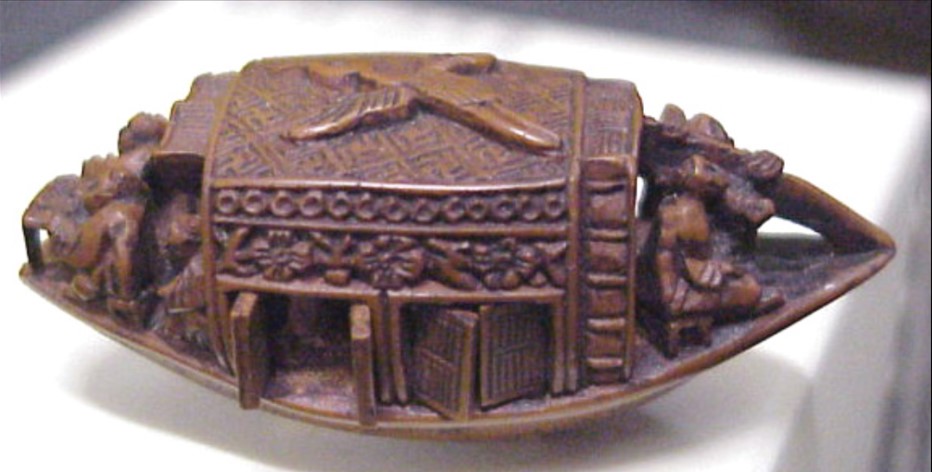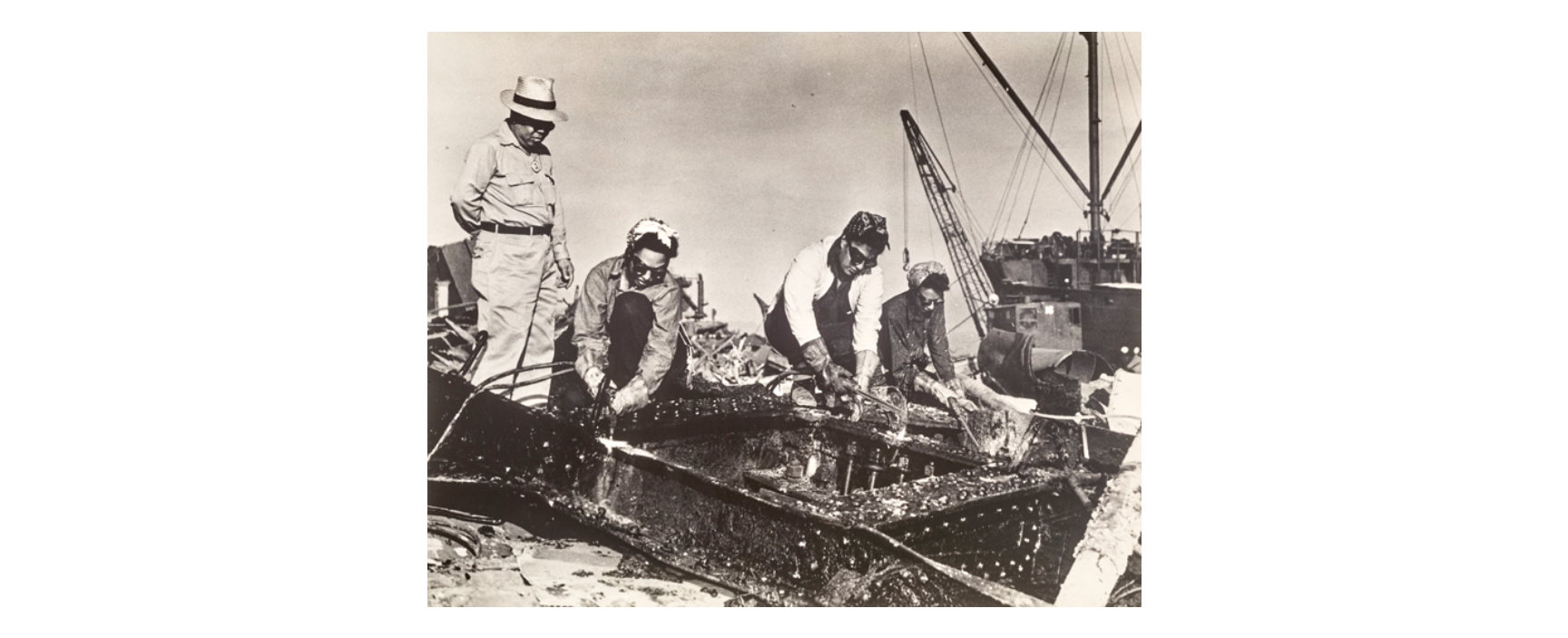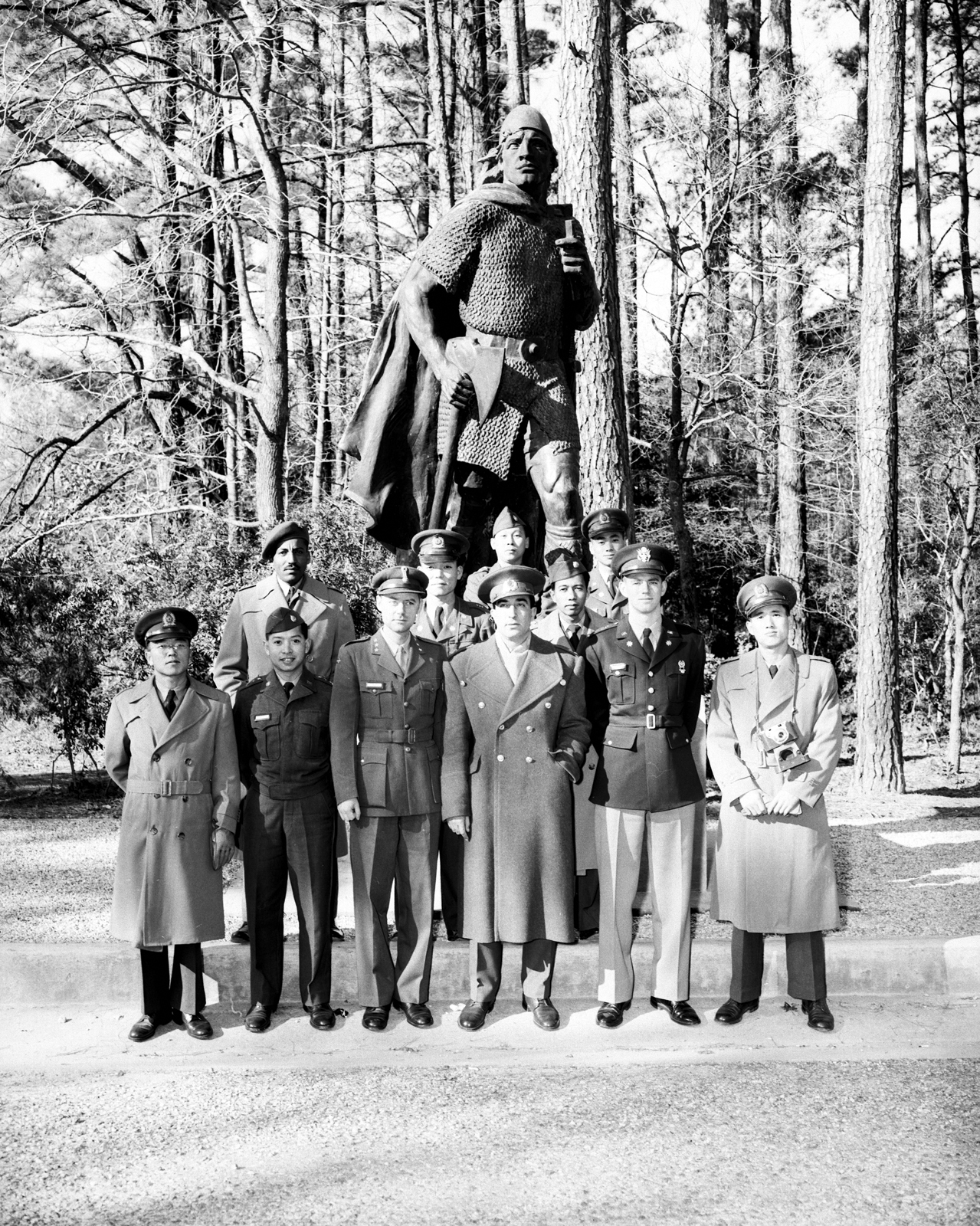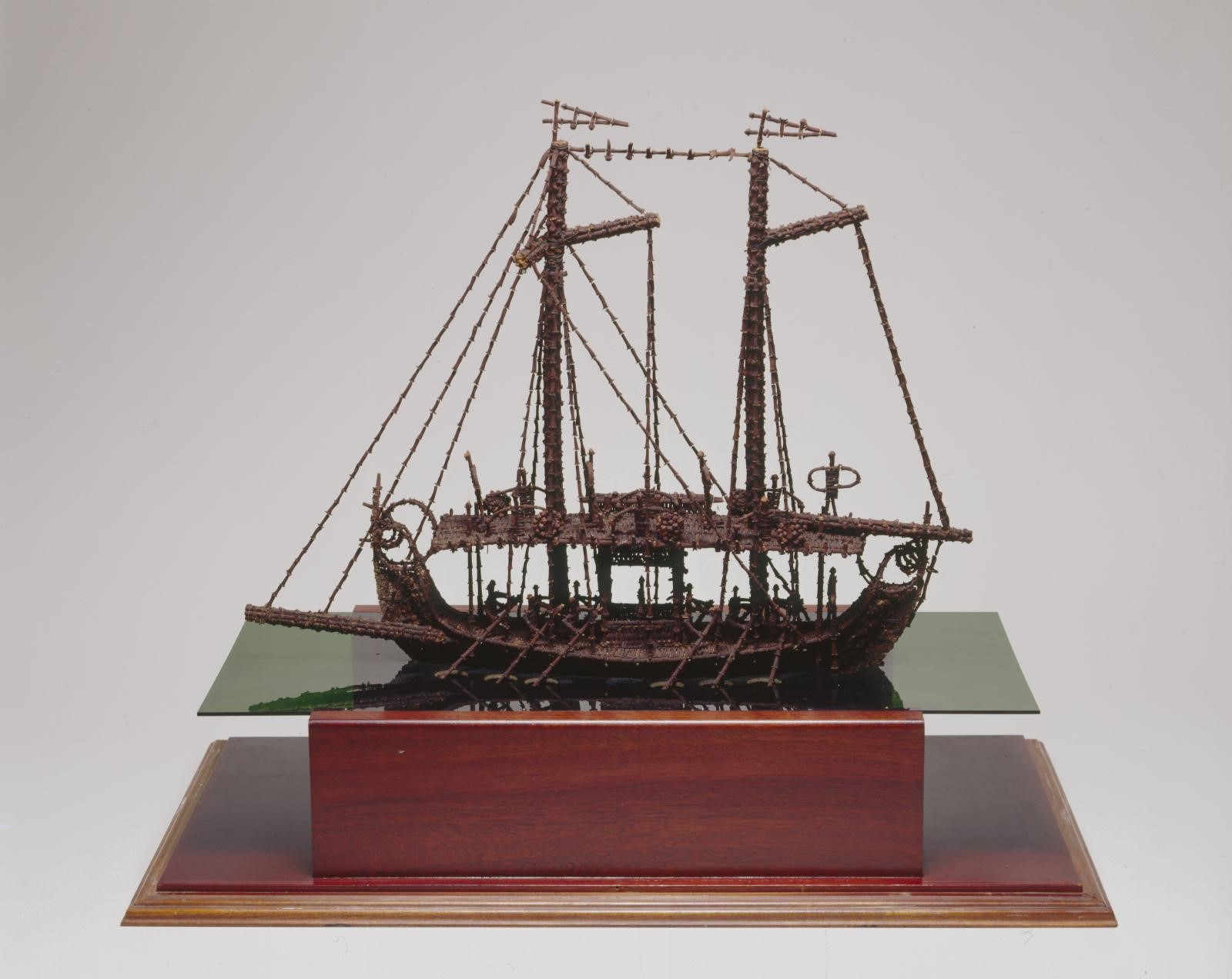May is Asian American Pacific Islander Heritage Month, officially designated on May 1, 2009. Throughout the month, celebration and recognition are shed on the accomplishments and influences of Asian Americans and Pacific Islanders in United States history and culture. Asia is comprised of 48 countries and several territories while the areas of Melanesia (New Guinea, New Caledonia, Vanuatu, Fiji, and the Solomon Islands), Micronesia (Marianas Islands, including Guam, Wake Island, Palau, Marshall Islands, Kiribati, Nauru, and the Federated States of Micronesia), and Polynesia (New Zealand, Hawaiian Islands, Rotuma, Midway Islands, Samoa, American Samoa, Tonga, Tuvalu, Cook Islands, French Polynesia, and Easter Island) make up the Pacific Islands.
The Museum holds a vast collection of images, paintings, textiles, boats, and other artifacts that represent various cultures from around the world. I decided to take a deep dive into our Collection to highlight a few artifacts that represent Asian and Pacific Islanders’ history and culture.

In southeast Asia, a sampan is a small watercraft typically used in harbor and coastal areas. This miniature model is carved from the brown seed found at the center of a litchi or lychee fruit. The work done is quite impressive: it has working shutters and you can see through to the other side. Inside are four figures and two additional figures on the deck. On top, is a raised crane shown in flight embellishing a textured roof. This artifact measures 1-5/8″ (length) x 3/4″ (width) x 3/4″ (height).

This photo shows three women cutting steel pieces as a supervisor looks on. Dorothy Waiwaiole, Lilly Arcia, and Victoria Yomes were Hawaiian residents working at the Pearl Harbor Navy Yard. are shown cutting steel in the Pearl Harbor Navy Yard. These women residents of Hawaii have played an important role in the salvage of ships sunk in the Japanese sneak raid on Pearl Harbor on December 7, 1941. Foreman K.T. Soe of the Navy Yard directs the work of these women cutters.

The Mariners’ Museum and Park collection INST-PR-67.
A group of officers from various nations in front of the Leif Eriksson statue.
The Mariners’ Museum and Park collection INST-PR-67
The statue in the background is that of the Norse explorer, Leif Eriksson, who landed in North America nearly 500 years before Christopher Columbus. Several officers representing the nations of South Korea, Turkey, Thailand, and Ethiopia “explored” the grounds of the museum when they came to the area to attend a study course held at Virginia Transportation School at Fort Eustis, Virginia, in December 1955.
The statue currently welcomes all guests and visitors as you enter the grounds on which the museum is located.

The Mariners Museum and Park Collection 1988.0023.000001A.
This model was made of cloves by two Thai officers attending the Army Transportation School in Newport News, Virginia, in 1957. It shows 24 figures, 12 oars, the anchor, and the keel. It measures 22-1/2″ (length) x 7″ (width) x 20″ (height). Believe it or not, it still has a lovely fragrance after all these years!
This is just a small sampling of various artifacts and photographs in our vast Collection. To view more artifacts related to Asian and Pacific Islander maritime history and culture, please visit our website or catalog search.